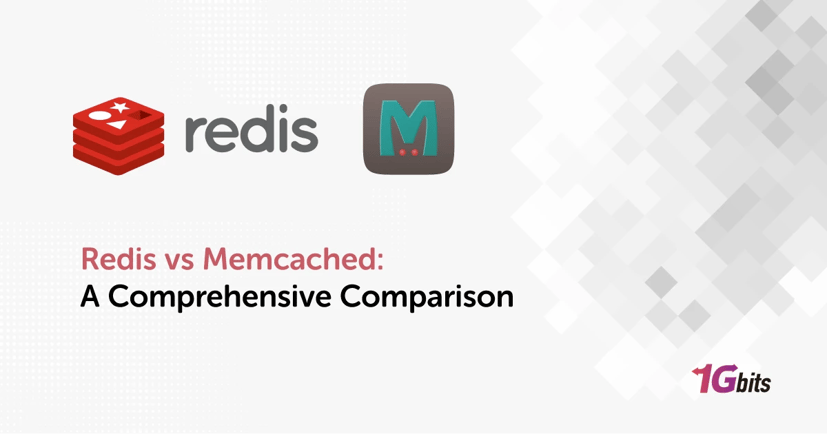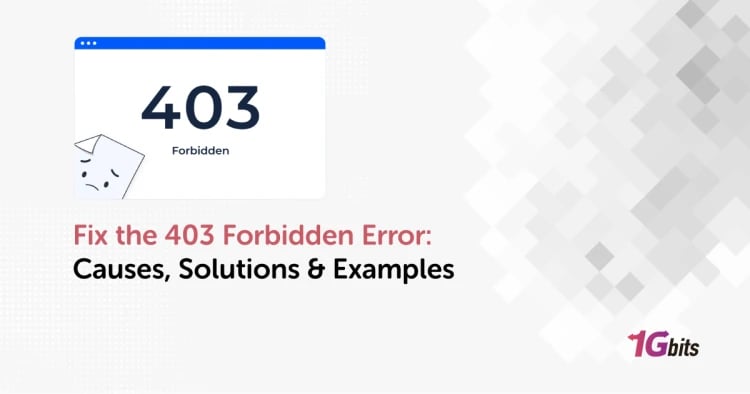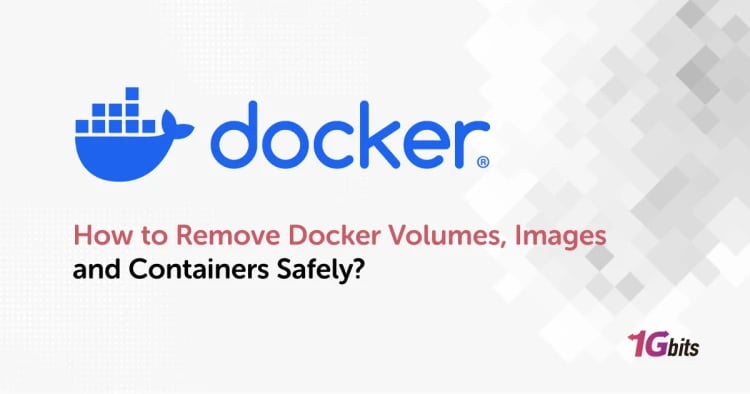Redis and Memcached are two of the most popular choices for developers and system architects. Both tools are designed to provide fast, efficient, and scalable caching mechanisms that can significantly improve the performance of web applications. However, despite their similarities, Redis vs Memcached differ in their features, use cases, and performance characteristics.
This article will dive deep into the difference between Redis vs Memcached, covering everything from basic definitions to system design considerations. By the end, you will have a clear understanding of which tool is best suited for your specific needs.
Redis vs Memcached
Before we delve into the details, it’s essential to understand what Redis and Memcached are and how they work.
What is Redis?
Redis (Remote Dictionary Server) is an open-source, in-memory data structure store that functions as a database, cache, and message broker. Developed by Salvatore Sanfilippo in 2009, Redis is known for its versatility and rich set of features. It can handle various data structures such as strings, lists, sets, sorted sets, hashes, bitmaps, hyperloglogs, and geospatial indexes. Redis is widely used for caching, session management, real-time analytics, and as a primary database in some use cases.
What is Memcached?
Memcached is a high-performance, distributed memory object caching system, originally developed by Brad Fitzpatrick in 2003 for LiveJournal. Memcached is designed to be simple, lightweight, and fast, making it an excellent choice for caching data to speed up dynamic web applications. It stores data in memory (RAM) and is often used to cache database query results, API responses, and session data to reduce the load on the backend and improve response times.
Redis vs Memcached WordPress
Both Redis and Memcached can be integrated into WordPress to optimize performance, but they serve different purposes and have distinct advantages.
Redis in WordPress
Redis is commonly used in WordPress to cache database queries, store transient data, and manage full-page caching. The flexibility of Redis allows it to cache more complex data types, making it ideal for handling WordPress’s diverse caching needs. With Redis, WordPress can cache not only strings but also more complex structures like lists and hashes, which can lead to more efficient data retrieval and storage.
Moreover, Redis’s ability to persist data to disk means that cached data can survive server restarts, which is crucial for maintaining performance in environments with frequent restarts or updates. Plugins like "Redis Object Cache" make it easy to integrate Redis with WordPress, providing a seamless experience for users.
Memcached in WordPress
Memcached is also a popular choice for caching in WordPress, particularly for object caching, where it stores the results of database queries and other expensive operations. Memcached’s simplicity and speed make it an excellent choice for sites with heavy traffic, where minimizing overhead is crucial.
While Memcached does not support complex data types like Redis, it excels in situations where simple key-value pairs are sufficient. Plugins like "W3 Total Cache" and "WP Super Cache" support Memcached, allowing WordPress users to leverage its high-speed caching capabilities easily.
When to Use Redis vs Memcached
Choosing between Redis vs Memcached depends on several factors, including the nature of your application, the complexity of the data you need to cache, and your performance requirements.
Use Redis When:
-
You Need Complex Data Structures: Redis supports a wide range of data types, including lists, sets, sorted sets, and hashes, making it ideal for applications that require more than just simple key-value pairs.
-
Persistence is Important: If you need your cached data to survive server restarts or crashes, Redis offers persistence options that Memcached lacks.
-
Advanced Features Are Required: Redis provides features like pub/sub messaging, transactions, Lua scripting, and geospatial indexing, which are not available in Memcached.
-
Data Expiry and Eviction Policies: Redis offers more flexible expiration and eviction policies, allowing for better cache management based on the application’s needs.
-
You Need High Availability: Redis supports replication and clustering, providing high availability and failover mechanisms that are critical for mission-critical applications.
Use Memcached When:
-
Simplicity and Speed Are Priorities: Memcached is optimized for speed and simplicity, making it ideal for straightforward caching scenarios with minimal configuration.
-
You Only Need Key-Value Storage: If your caching needs are limited to simple key-value pairs, Memcached’s lightweight architecture may be more suitable.
-
You’re Working with Small, Frequently Accessed Data: Memcached excels in storing small data items that are frequently accessed, such as session data and API responses.
-
Scalability Is Crucial: Memcached’s distributed architecture makes it easy to scale horizontally across multiple servers, providing a straightforward way to handle large-scale caching.
Redis vs Memcached Performance Benchmark
Performance is a critical factor when choosing a caching solution, and both Redis and Memcached are known for their speed. However, their performance characteristics differ depending on the specific use case.
Memory Usage
Redis tends to use more memory than Memcached because of its ability to handle complex data structures. However, Redis also provides more control over memory usage through features like memory eviction policies and data compression. Memcached, on the other hand, is designed to be more memory-efficient for simple key-value pairs, making it a better choice for applications where memory consumption is a concern.
Latency and Throughput
Both Redis and Memcached are capable of handling millions of requests per second with very low latency. However, Redis generally offers lower latency due to its single-threaded architecture and optimized command processing. Memcached, while also fast, may experience slightly higher latency in certain scenarios, particularly when dealing with larger datasets or more complex caching operations.
CPU Usage
Redis is single-threaded but can be scaled horizontally by running multiple instances or using Redis Cluster. Memcached, however, is multi-threaded and can handle more concurrent connections per server, potentially making better use of multi-core CPUs in some scenarios.
Benchmark Results
In real-world benchmarks, Redis often outperforms Memcached in terms of raw speed and efficiency, particularly when dealing with complex data structures or large datasets. However, Memcached remains competitive in scenarios where simplicity and minimal overhead are more critical than advanced features.
Redis vs Memcached Pricing
Pricing is another important consideration when choosing between Redis and Memcached, particularly in cloud environments where both services are often available as managed offerings.
Redis Pricing
Redis pricing can vary depending on the hosting provider and the specific features you require. Managed Redis services, such as those offered by AWS (Amazon ElastiCache), Google Cloud, or Azure, typically charge based on the amount of memory used, the number of nodes, and any additional features like persistence or clustering.
Redis’s advanced features, such as replication and clustering, can add to the cost, making it a more expensive option compared to Memcached, especially in large-scale deployments. However, for applications that require these features, the benefits often outweigh the additional costs.
Memcached Pricing
Memcached is generally less expensive than Redis, primarily because it lacks the advanced features that can drive up costs. Managed Memcached services also charge based on memory usage and the number of nodes, but when comparing Redis vs Memcached cost, the overall cost tends to be lower due to the simplicity of the service.
For applications that don’t require the advanced features offered by Redis, Memcached provides a cost-effective solution that still delivers high performance and scalability.
Redis vs Memcached Use Cases
Understanding the use cases for Redis and Memcached can help you make an informed decision about which tool is best suited for your application.
Common Use Cases for Redis
-
Session Management: Redis is often used to store session data in web applications due to its persistence and support for complex data types.
-
Real-Time Analytics: Redis’s ability to handle large volumes of data with low latency makes it ideal for real-time analytics and monitoring.
-
Message Queuing: Redis’s pub/sub messaging and list operations make it a popular choice for building message queues and real-time communication systems.
-
Leaderboards and Counting: Redis’s sorted sets are perfect for building leaderboards, tracking scores, and performing real-time counting operations.
-
Caching Complex Data: Redis is used to cache complex data structures, such as database query results and serialized objects, improving application performance.
Common Use Cases for Memcached
-
Simple Key-Value Caching: Memcached is widely used to cache simple key-value pairs, such as database query results, API responses, and session data.
-
Web Application Acceleration: Memcached is commonly used in web applications to reduce database load and speed up response times by caching frequently accessed data.
-
Distributed Caching: Memcached’s distributed architecture makes it ideal for large-scale web applications that require horizontal scaling and high availability.
-
Memory Management for High-Traffic Sites: Memcached is often used to manage memory usage in high-traffic sites, ensuring that frequently accessed data is kept in memory for fast retrieval.
Redis vs Memcached System Design
When designing a system that uses Redis or Memcached, it’s important to consider factors like data consistency, fault tolerance, and scalability.
Data Consistency
Redis provides stronger consistency guarantees than Memcached, thanks to its support for transactions and persistence. With Redis, you can ensure that your data remains consistent even in the event of a failure, which is crucial for applications that require reliable data storage.
Memcached, on the other hand, is designed for scenarios where eventual consistency is acceptable. It does not offer transactions or persistence, making it less suitable for applications that require strong consistency guarantees.
Fault Tolerance and High Availability
Redis supports replication and clustering, allowing you to create highly available and fault-tolerant systems. With Redis Cluster, you can distribute data across multiple nodes, ensuring that your application remains available even if some nodes fail.
Memcached’s distributed architecture also provides a level of fault tolerance, but it lacks the built-in replication and clustering features that Redis offers. In a Memcached deployment, fault tolerance is typically achieved through client-side sharding or using an external load balancer to distribute requests across multiple Memcached instances.
Scalability
Both Redis and Memcached can be scaled horizontally by adding more nodes to the cluster. However, Redis offers more advanced scaling options through Redis Cluster, which automatically shards data across multiple nodes and provides built-in failover mechanisms.
Memcached’s scalability is more straightforward, relying on client-side sharding to distribute data across multiple nodes. While this approach is effective, it can require more manual management compared to Redis Cluster’s automated scaling and failover capabilities.
Redis vs Memcached vs Hazelcast
Hazelcast is another distributed in-memory data store that competes with Redis and Memcached in certain scenarios. Let’s briefly compare these three tools.
Hazelcast is an in-memory data grid that offers distributed caching, data storage, and compute capabilities. It’s designed to provide high availability, scalability, and low latency for large-scale applications. Hazelcast supports a wide range of data structures and can be used for both caching and real-time data processing.
Comparing Hazelcast with Redis and Memcached
-
Data Structures: Like Redis, Hazelcast supports a variety of data structures, including maps, queues, lists, and sets. Memcached, by contrast, is limited to simple key-value pairs.
-
Persistence: Hazelcast, like Redis, offers options for data persistence, making it suitable for scenarios where data durability is important. Memcached lacks persistence features.
-
Scalability: Hazelcast excels in distributed environments, providing automatic data partitioning and replication across nodes. Redis Cluster offers similar capabilities, while Memcached relies on manual sharding.
-
Use Cases: Hazelcast is often used in environments that require both caching and real-time data processing, such as financial services, e-commerce, and telecommunications. Redis is preferred for applications that require advanced caching and data manipulation features, while Memcached is chosen for its simplicity and speed in basic caching scenarios.
Final Words
Redis is a versatile, feature-rich data store that excels in scenarios where complex data structures, persistence, and advanced features are required. Memcached, on the other hand, is a simpler, faster solution that is ideal for straightforward caching tasks where speed and low overhead are the primary concerns.
When choosing between ElastiCache Redis vs Memcached, it’s essential to consider your specific use case, performance requirements, and budget. Both tools have their strengths and weaknesses, and the right choice will depend on the unique needs of your application.






